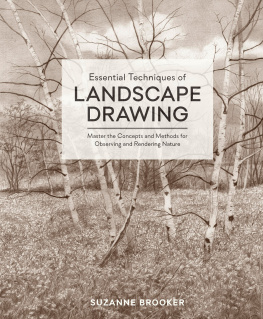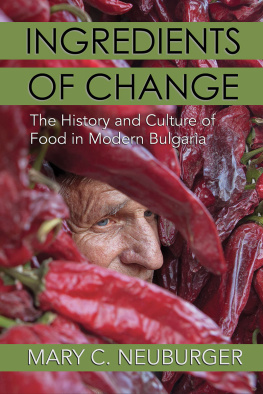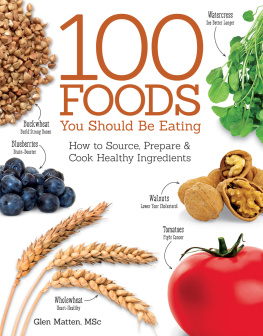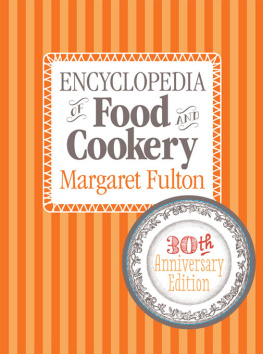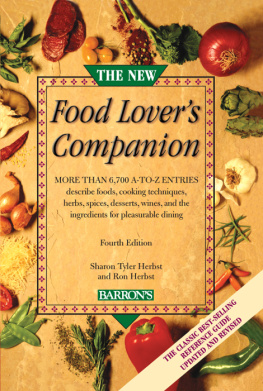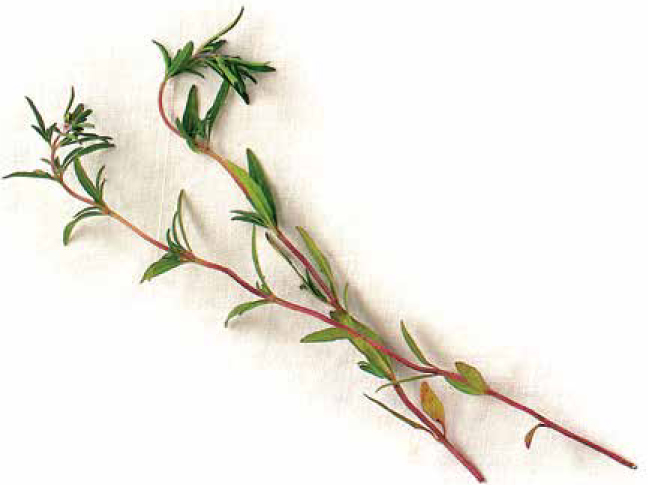
The Cooks Bible of Ingredients
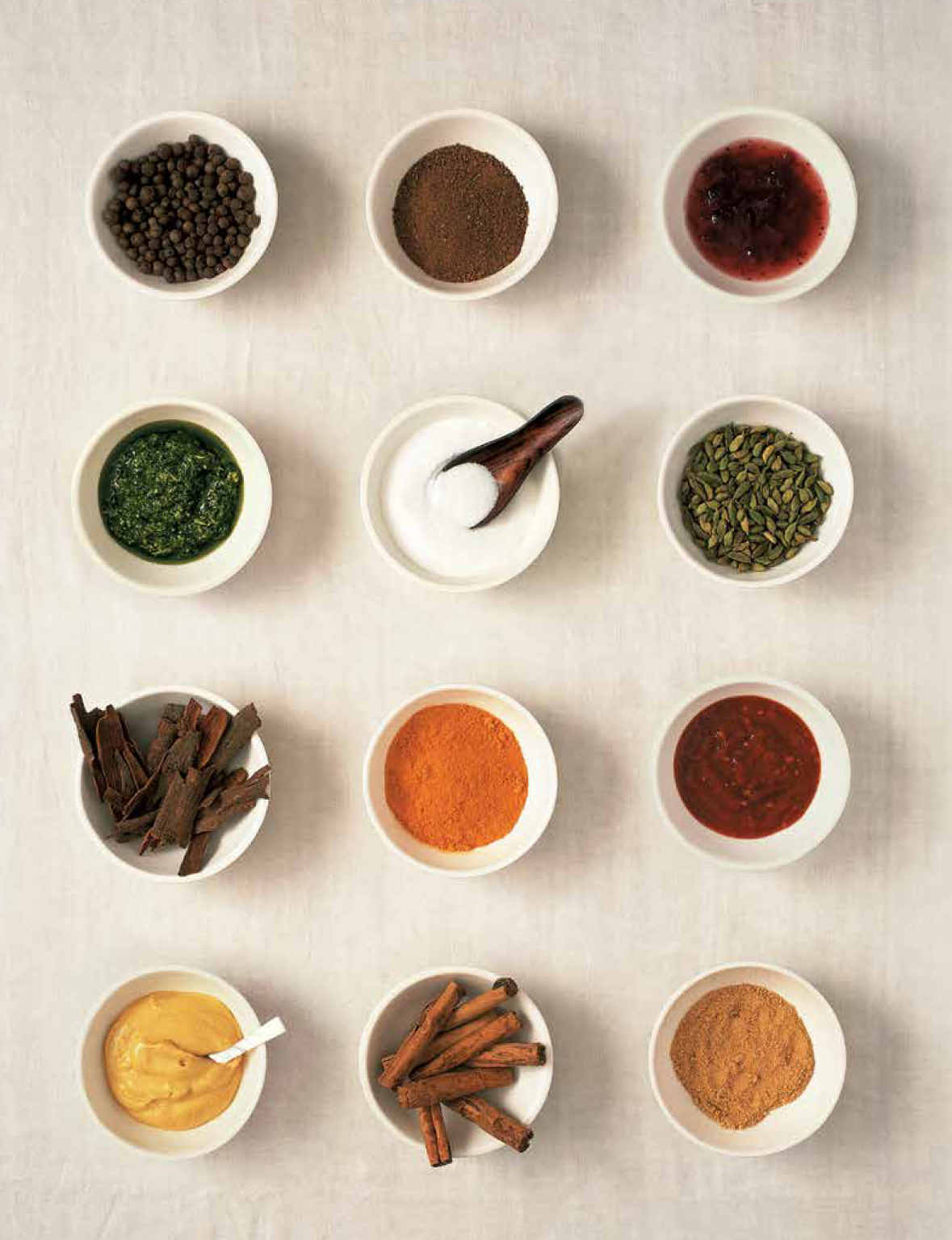
The Cooks Bible of Ingredients
MARGARET BROOKER

Published in 2012 by New Holland Publishers
London Cape Town Sydney Auckland
www.newhollandpublishers.com
First edition published in 2005 by New Holland Publishers.
The Chandlery Unit 114 50 Westminster Bridge Road London SE1 7QY
Wembley Square, First Floor Solan Street Gardens Cape Town 8000 South Africa
Unit 1, 66 Gibbes Street, Chatswood, NSW 2067, Australia
218 Lake Road, Northcote, Auckland, New Zealand
Text copyright 2012: Margaret Brooker
Photography copyright 2012 New Holland Image Library with the exception of those listed on .
Copyright 2012 New Holland Publishers Ltd
All rights reserved. No part of this publication may be reproduced, stored in any retrieval system or transmitted, in any form or by any means, electronic, mechanical, photocopying, recording or otherwise, without the prior written permission of the publishers and copyright holders.
A catalogue record for this book is available from the British Library.
eISBN 9781607651949
Publisher: Fiona Schultz
Publishing managers Claudia Dos Santos & Simon Pooley
Commissioning editor Alfred LeMaitre
Editor Gill Gordon
Designer Geraldine Cupido
Picture researcher Karla Kik
Production Director: Olga Dementiev
Proofreader Elizabeth Wilson
Consultants Sarah Jane Evans, Beverly LeBlanc
Printed and bound by Toppan Leefung Printing Ltd, China
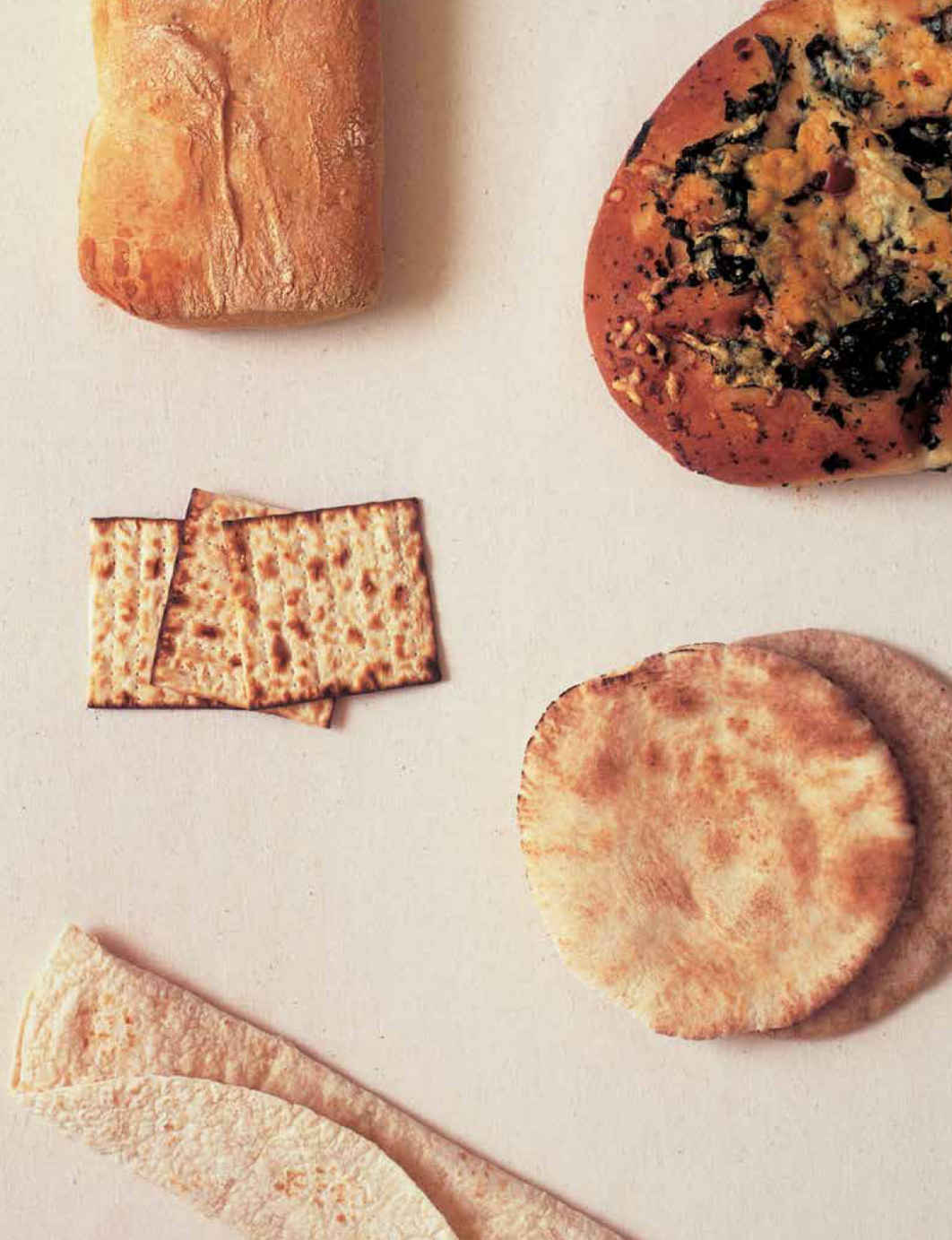

Contents
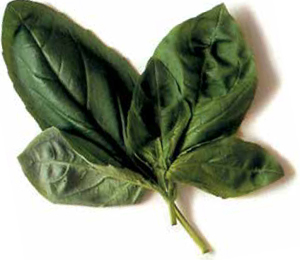

Introduction
Ingredients matter . As the component parts of composite food, ingredients are fundamental to its ultimate quality. Not only should they themselves be of good quality, they should be suitable for their purpose. To cook well, a cook needs to understand the attributes of ingredients he or she is using. The aroma, taste, texture and colour of an ingredient, how it interacts with other ingredients, how it responds to heat, air, liquid or acid, for example, all affect the end result.
With the advent of modern methods of food transportation and conservation, a cook has an ever-increasing, and often bewildering, choice of ingredients; ingredients hitherto only available in their place of origin are now on offer in far flung markets. This affords the home cook much greater scope, and requires more knowledge.
The Cooks Bible is intended to help the cook identify and appreciate the salient characteristics of a multitude of ingredients. A visual reference, with photographs supported by explanatory captions, it will benefit both novice and more experienced, enquiring cooks. Anyone who has occasion to ask what food is that?, what is its flavour?, or how is it used? will find it enlightening.
In scope this book is international, catering for cooks world-wide, both in the ingredients featured, and the terms of their descriptions. The world of ingredients is vast. Within the numerous food categories and species, there are many variants and sub-species. It would be impossible to include every known ingredient individually in a single book. However, by featuring representative ingredients from a category, this book is as comprehensive as possible.
Such breadth of subjects necessarily imposes limitations of space. Within this constraint, the maximum of information useful to the cook is imparted in a succinct yet accurate manner. As appropriate, the nature of the ingredient, its particular properties, its place of origin, the way it is prepared, and its applications in cookery are described. Common and alternative names are given, and regional variations in nomenclature are clarified. Flavour profiles can be especially difficult to describe. How flavours are perceived is essentially subjective; the descriptions seek to convey sufficient of an impression to enable the cook to judge whether an ingredient is suitable.
The book is arranged in the order of the recommended dietary food pyramid, commencing with grains and cereals and foods made with those ingredients, progressing through vegetables, fruits, pulses and seeds, dairy products and cheeses, meat, poultry and fish to flavourings and sweeteners. Within each chapter the ingredients are logically grouped by type.

Fresh, seasonal ingredients should form an essential part of daily meal planning. They can be supplemented and enhanced by items from a well-stocked pantry.

Markets always offer the freshest seasonal produce available locally, as well as being a source of less-common ingredients that are sometimes hard to find.
Along with understanding an ingredient, the cook should appreciate the factors which influence its quality. Generally its source is of utmost importance. In the case of ingredients where freshness is vital, such as vegetables, fruits and fish, less time is likely to have elapsed between being harvested and reaching the market with local ingredients than those from further afield. Less time in transit also means that they can be picked riper, and so reach their full potential of flavour and sweetness, as well as arrive in better condition.
Foods raised in their natural environments and at their own pace are usually better. Grown in soil, not hydroponically, sun-ripened, not hot-housed, fruits and vegetables achieve greater depth of flavour. Livestock raised free range, without growth promotants, also develops more texture and flavour. It follows, therefore, that produce out of season is either not local or not naturally grown and, conversely that seasonal food is always likely to be better.
Without detailed labelling, it may be difficult for the purchaser to know where and how an ingredient has been produced. Shopping at local and farmers markets, as well as at reputable food stores with well-informed staff will obviate this problem to a degree.
Supplied with good quality ingredients and informed of their salient attributes, any cook can go into the kitchen and prepare meals with confidence. More than merely inform, it is hoped that the Cooks Bible will encourage and inspire cooks to experiment with the world of ingredients.

Grains & Cereals
Cereals are plants of the grass family. The many separate dry fruits they produce are grains. Certain cereal grains are edible. Used as a food since the earliest times, cereal grains have been hugely important in human history. Their small bulk and excellent keeping qualities made them a crucial survival food. As the first plants to be cultivated, their domestication marked the transition of humans from hunter-gatherers to agriculturalists and enabled the foundation of civilizations. Cereal grains continue to be essential human fare and today constitute the most important single class of food in the world.
Next page



